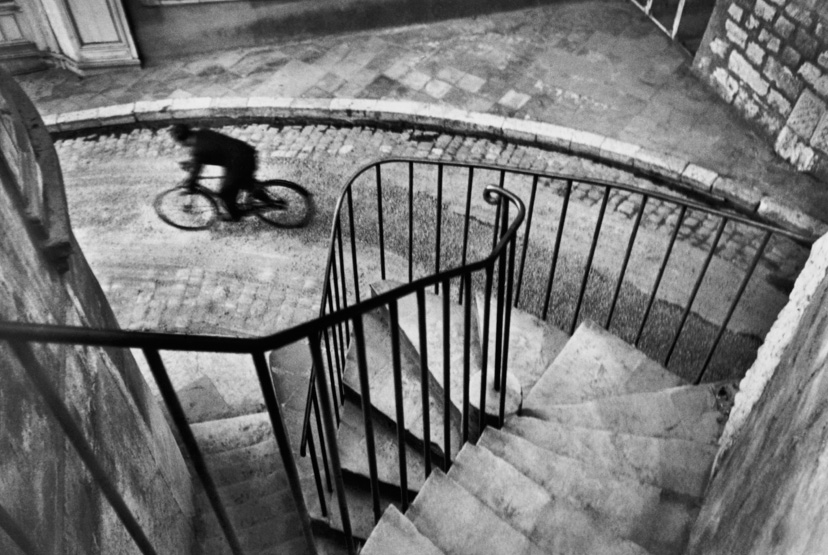Sebastiao Salgado was born on the 8th February 1944 in Brazil and is a social documentary photographer and photojournalist.Salgado worked on "Genesis," aiming at the presentation of the
unblemished faces of nature and humanity. It consists of a series of
photographs of landscapes and wildlife, as well as of human communities
that continue to live in accordance with their ancestral traditions and
cultures. This body of work is conceived as a potential path to
humanity’s rediscovery of itself in nature.
The photograph I chose below is one of my favorite photographs from Sebastiao Selgado's work, The relationship between the camera and the mans face has such a strong connection. Its a photograph which makes you think, what is he thinking about? is he sad? as there is a sense of deep sadness in his face shown through his eyes. I also like the way Selgado composed this photograph, you can see that the rule of thirds was used as he is positioned bang in the middle of the frame, for a documentary styled photograph it is a perfectly framed image which almost seems as if it had a lot of thought gone in to it.

This image is another one of my favorites by Sebastio Selgado. This image seems to have a slight bit more happiness to it and isn't as ambiguous as the image above. This is because of her facial expressions, she looks like a young happy girl. Again i think Sebastiao Selgado used the rule of thirds as she is in the centre of the image and framed really well. there are leading lines around her hat which are almost spiral like which lead you in to the centre of the image which is her eyes and face.






